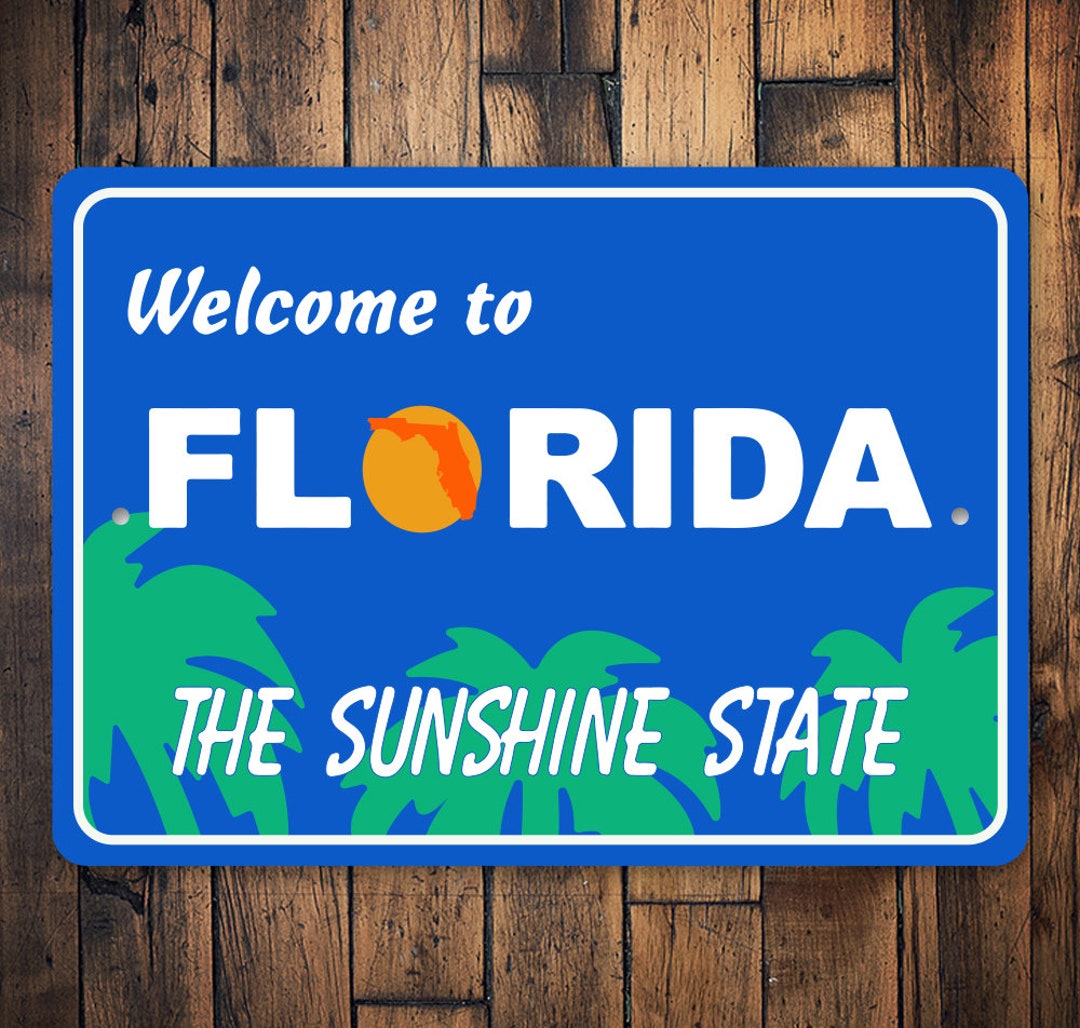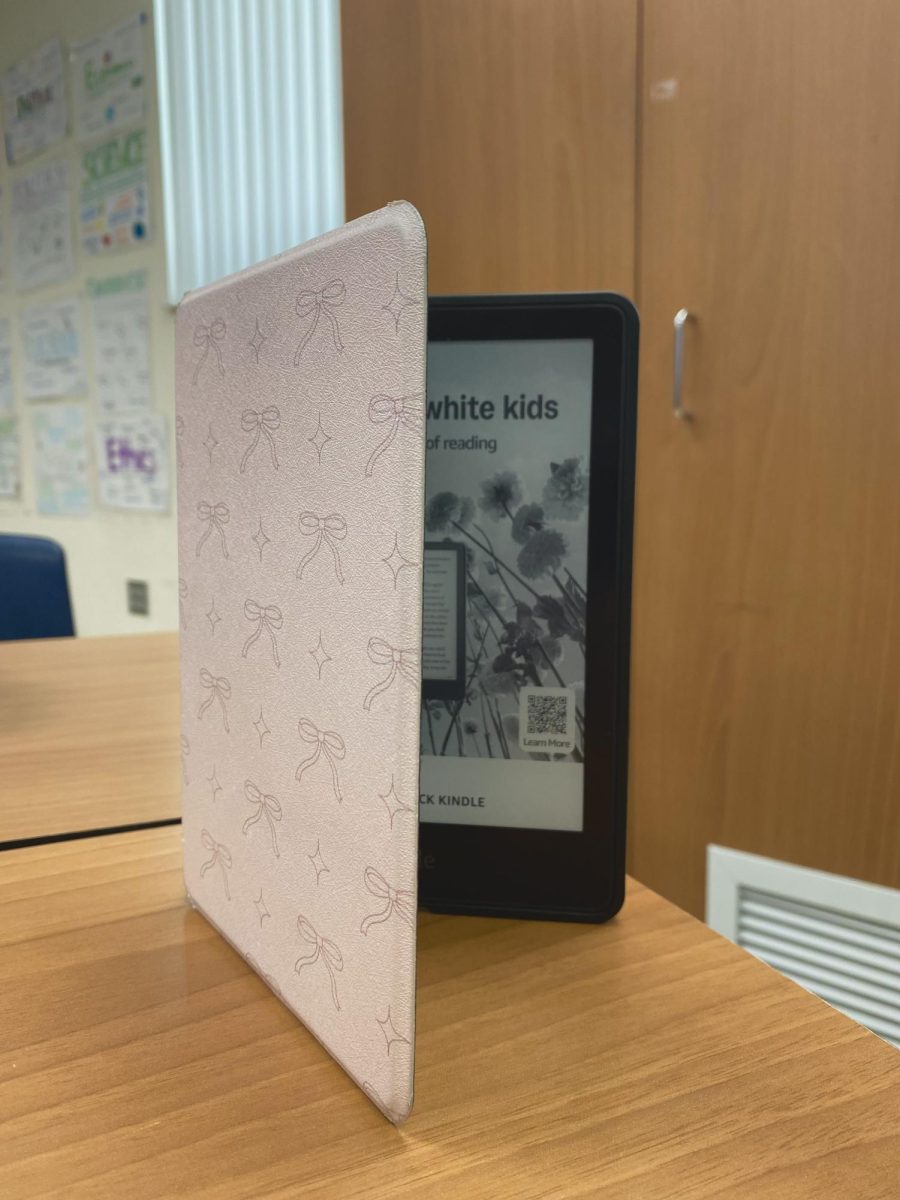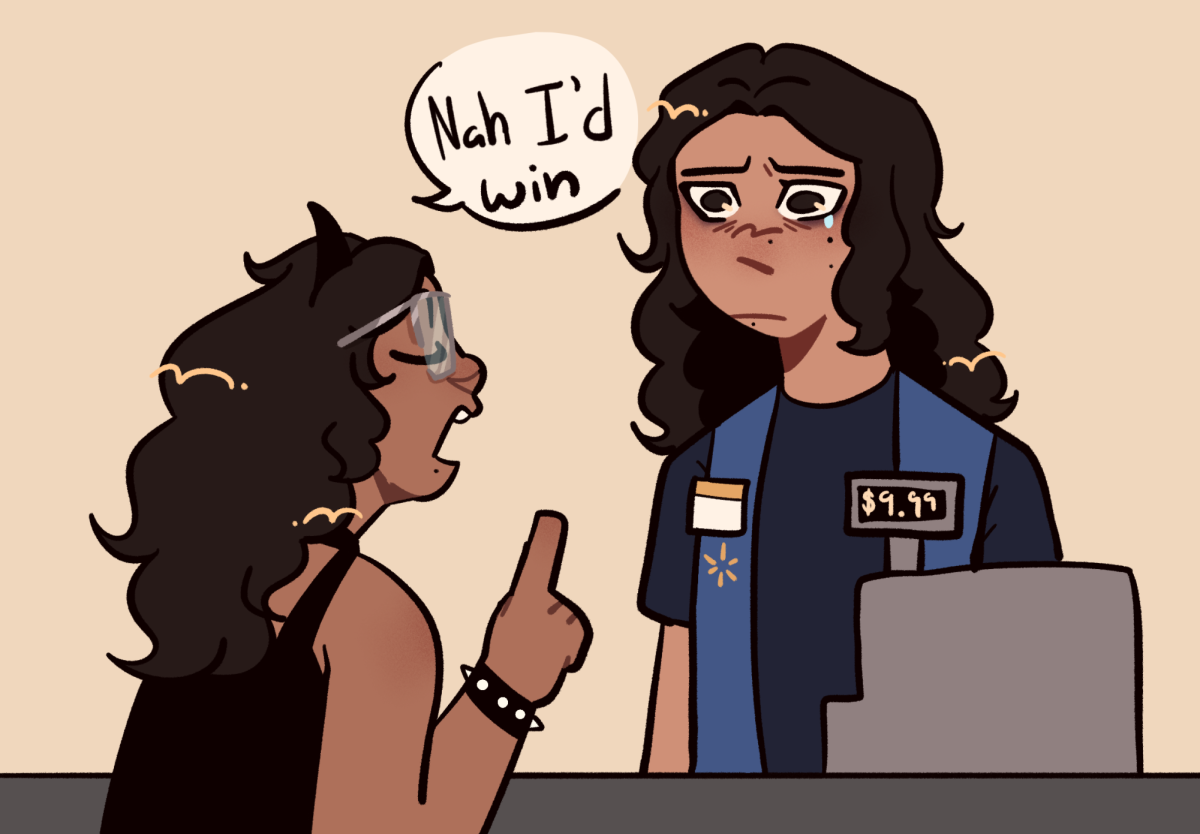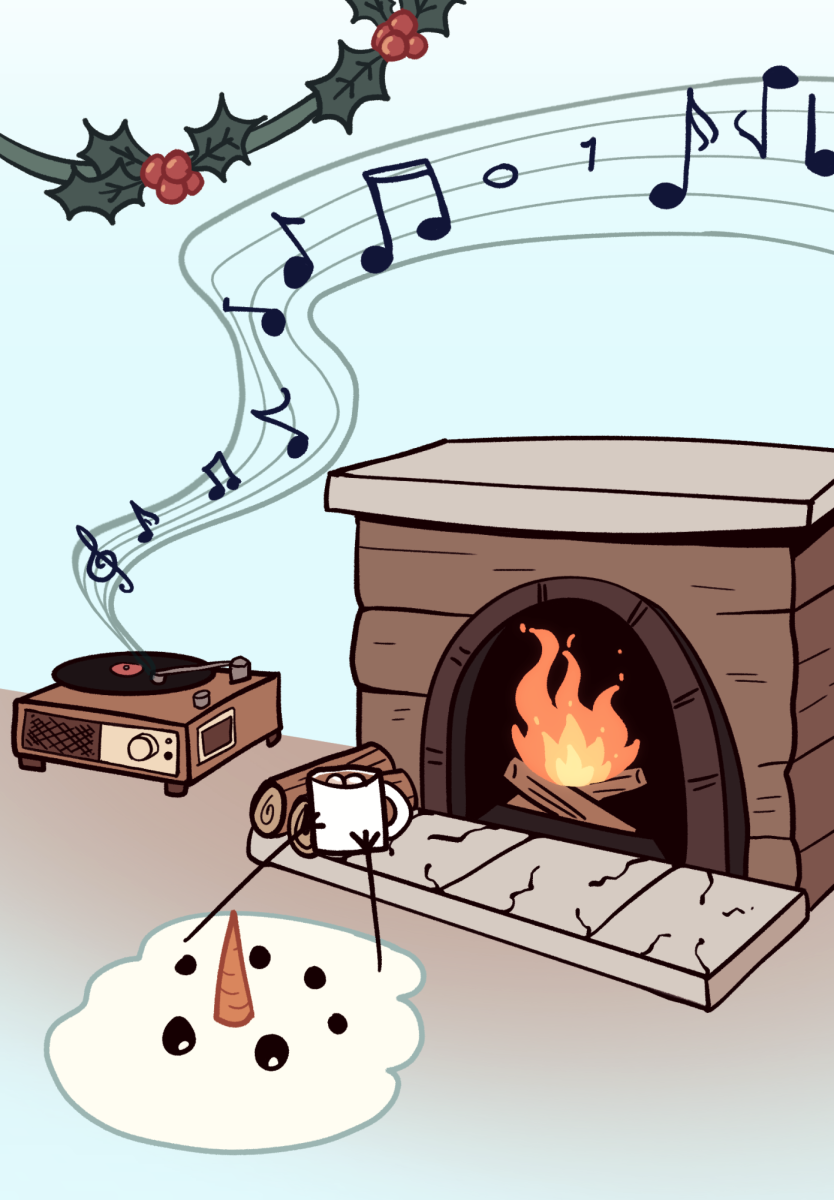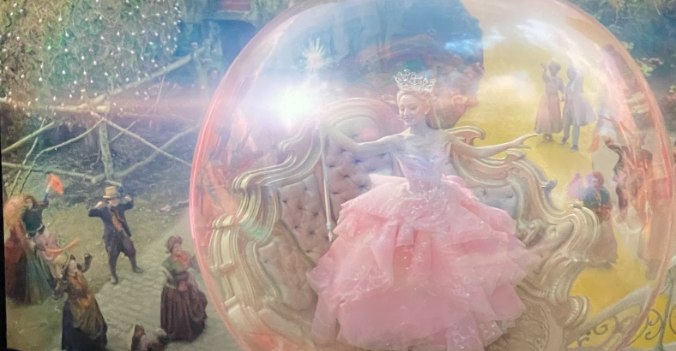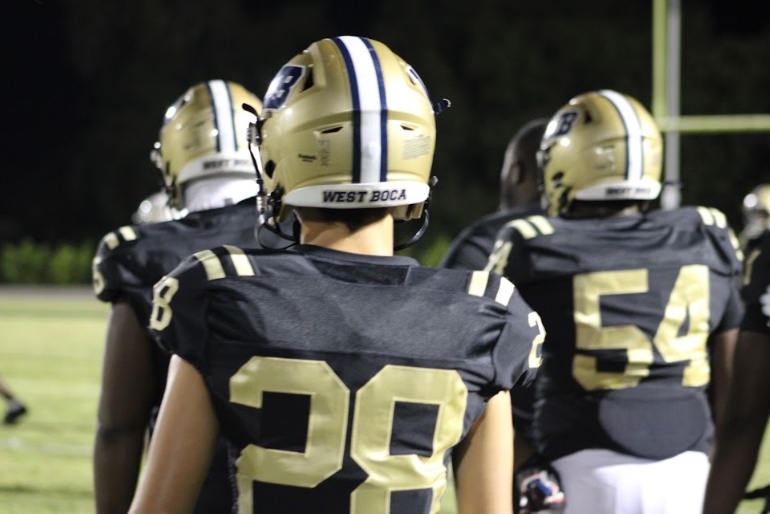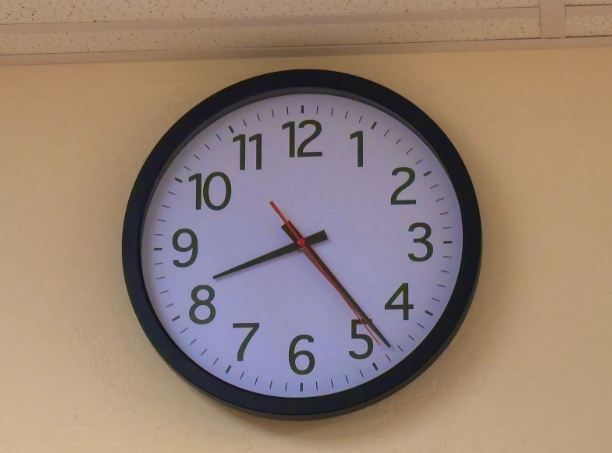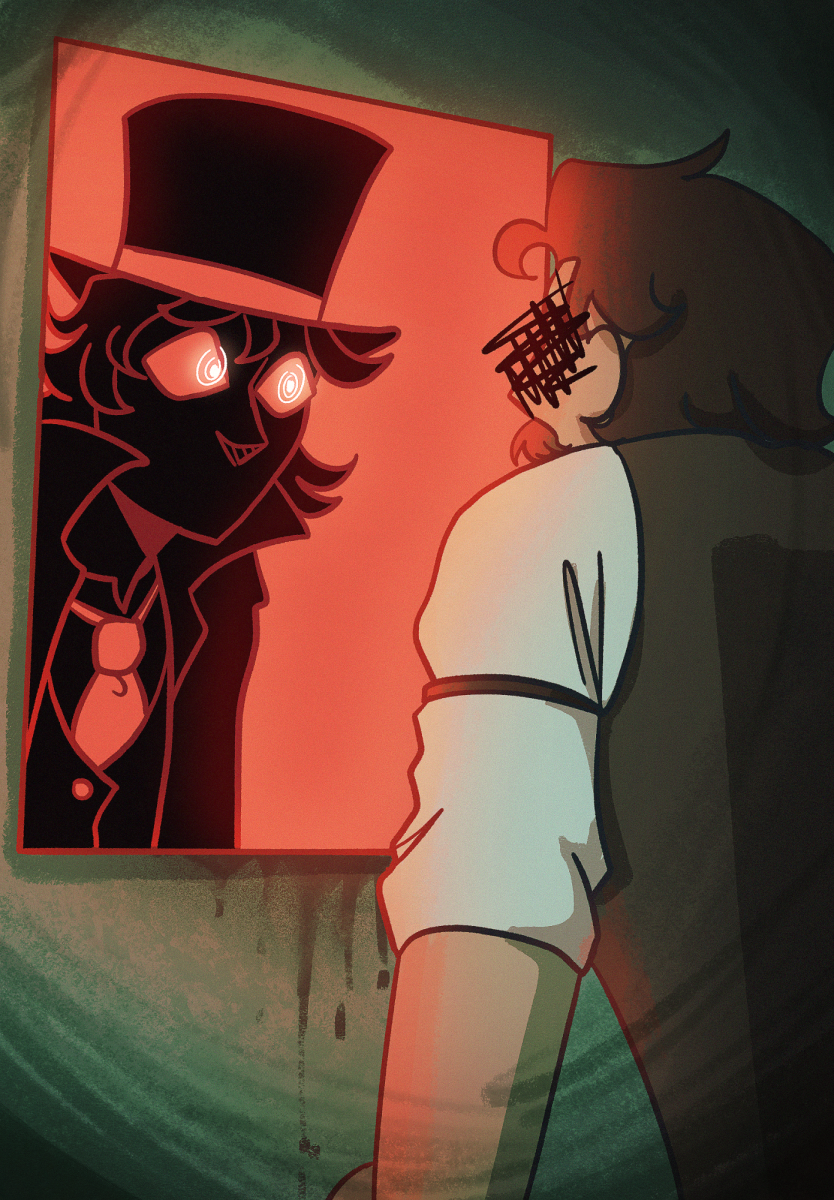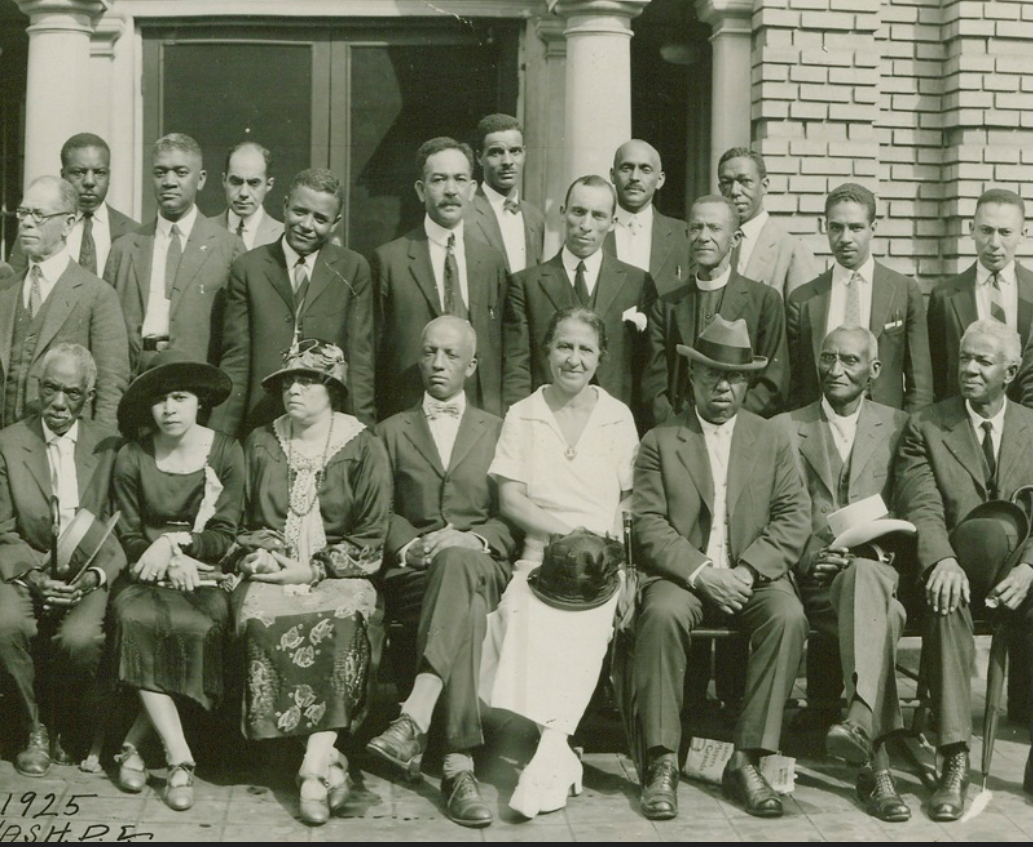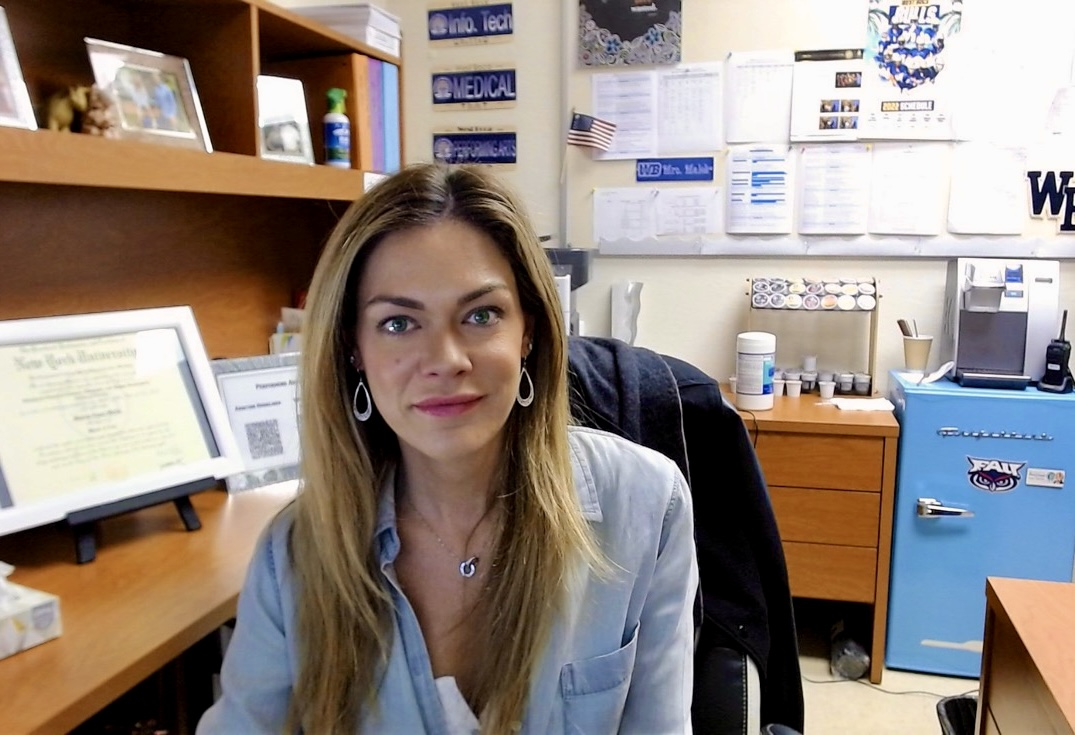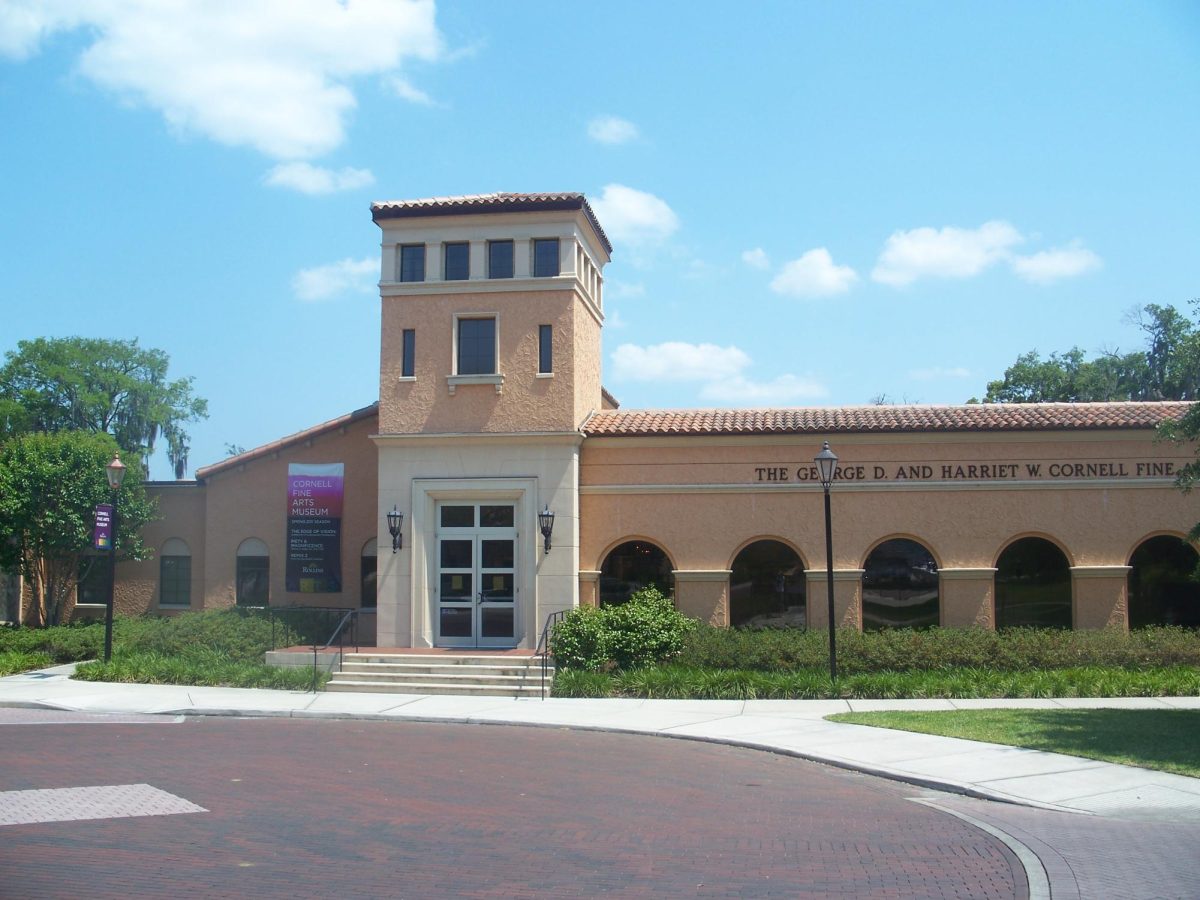The Origins of Fairy Tales
November 11, 2022
Fairy tales are known by everyone today, through corporations like Disney popularizing them in movies and T.V. series. However, fairy tales weren’t always this well-known.
Giovanni Francesco Straparola and Giambattista Basile can be credited with writing some fairy tales during the Renaissance. Straparola unofficially established the “rising” plot. This is basically when a character starts out poor and gains wealth, power, or magic (usually through marriage).
However, fairy tales usually didn’t have an official author (and many still don’t). They were also known by another name, folk tales, that would traditionally be told orally. Folk tales were usually stories told for and by the lower classes, containing animals with human characteristics, wide audience appeal, and human problems with morals attached to them. If folk tales didn’t have these characteristics and instead had magic and/or mythical creatures, then they were made for the nobility. These folk tales had a known author most of the time and became the fairy tales we see today.
In 1697, Charles Perrault published a collection of fairy tales that he had written, titled Stories or Tales from Past Times. Then in 1812, the Brothers Grimm published their first edition of The Original Folk and Fairy Tales of the Brothers Grimm. The Brothers Grimm never wrote fairy tales, only modifying them slightly for their audience. They were more interested in preserving the German folk tales they had collected than writing their own.
During the time of the Brothers Grimm, Hans Christian Anderson (a Danish author) had been writing fairy tales as well. His first book was published in 1835, called Tales, Told for Children. Some of the fairy tales he wrote included Thumbelina, the Snow Queen, The Ugly Duckling, and more.
Contrary to popular belief, not all fairy tales have always had happy endings. For example, in the original Hansel and Gretel, the two children were left to die by their own parents, not just lost in the woods.
In the original Cinderella (collected by the Brothers Grimm as Aschenputtel), a quite famous fairytale, Cinderella’s step-sisters each lost a part of their feet in order to fit in the glass slipper. One step-sister was forced to cut off her heel and the other cut off her toes. Additionally, Cinderella’s father was still alive and allowed the mistreatment of his daughter. Cinderella’s famous ball never happened in the original tale, instead, there was a three-day festival. In the original tale, Cinderella was actually tracked down by the Prince multiple times. Since she attended all three days of the festival, the Prince followed her home, where her father denied her ability to dress up and go to the festival.
Fairy tales have come a long way from being stories told around villages, to teaching children morals. Today, they are a source of entertainment and inspiration, building on the original fairy tales.




